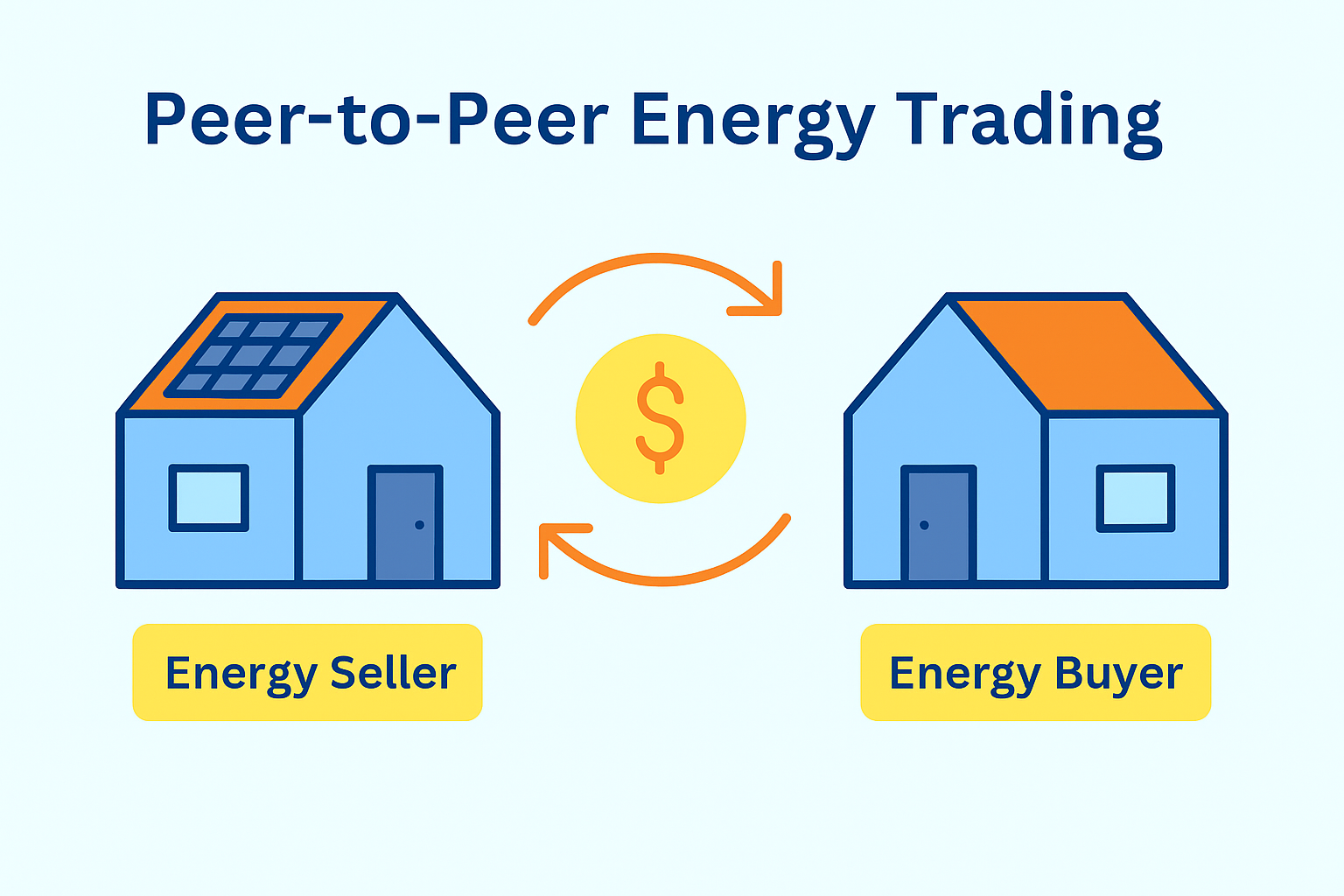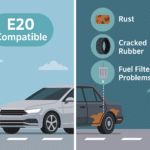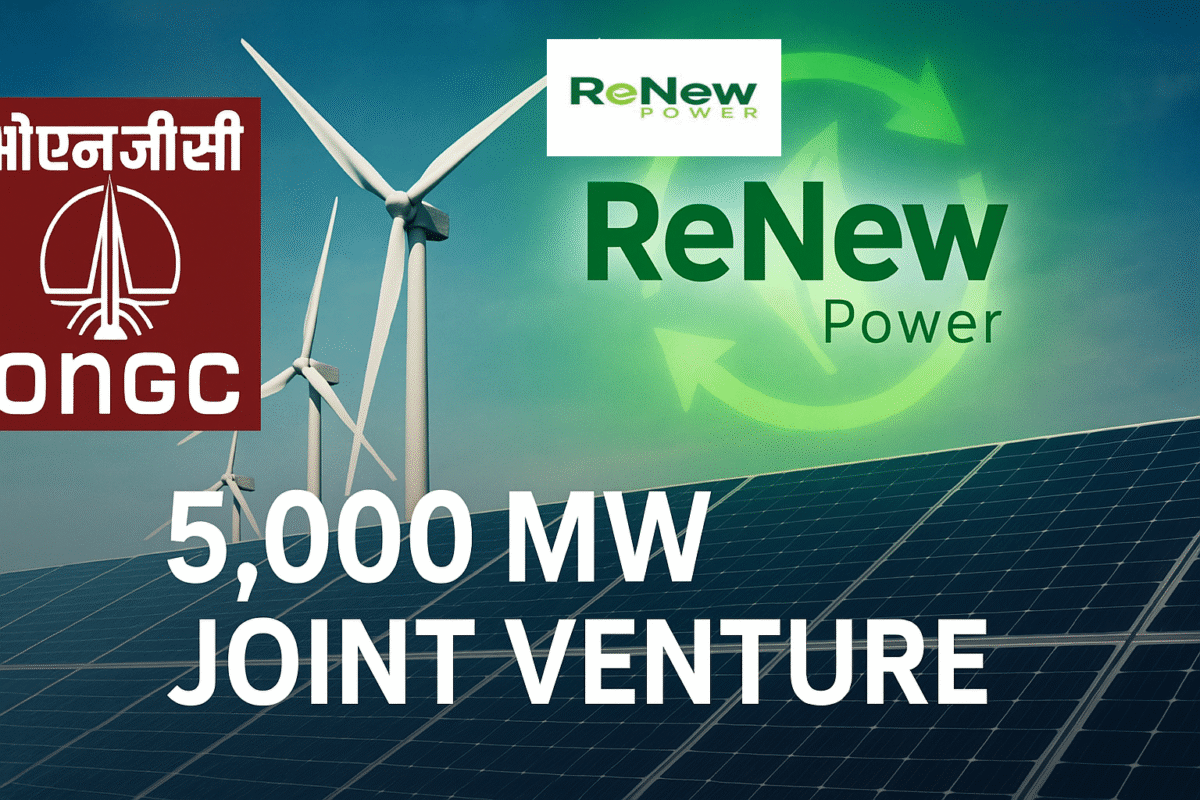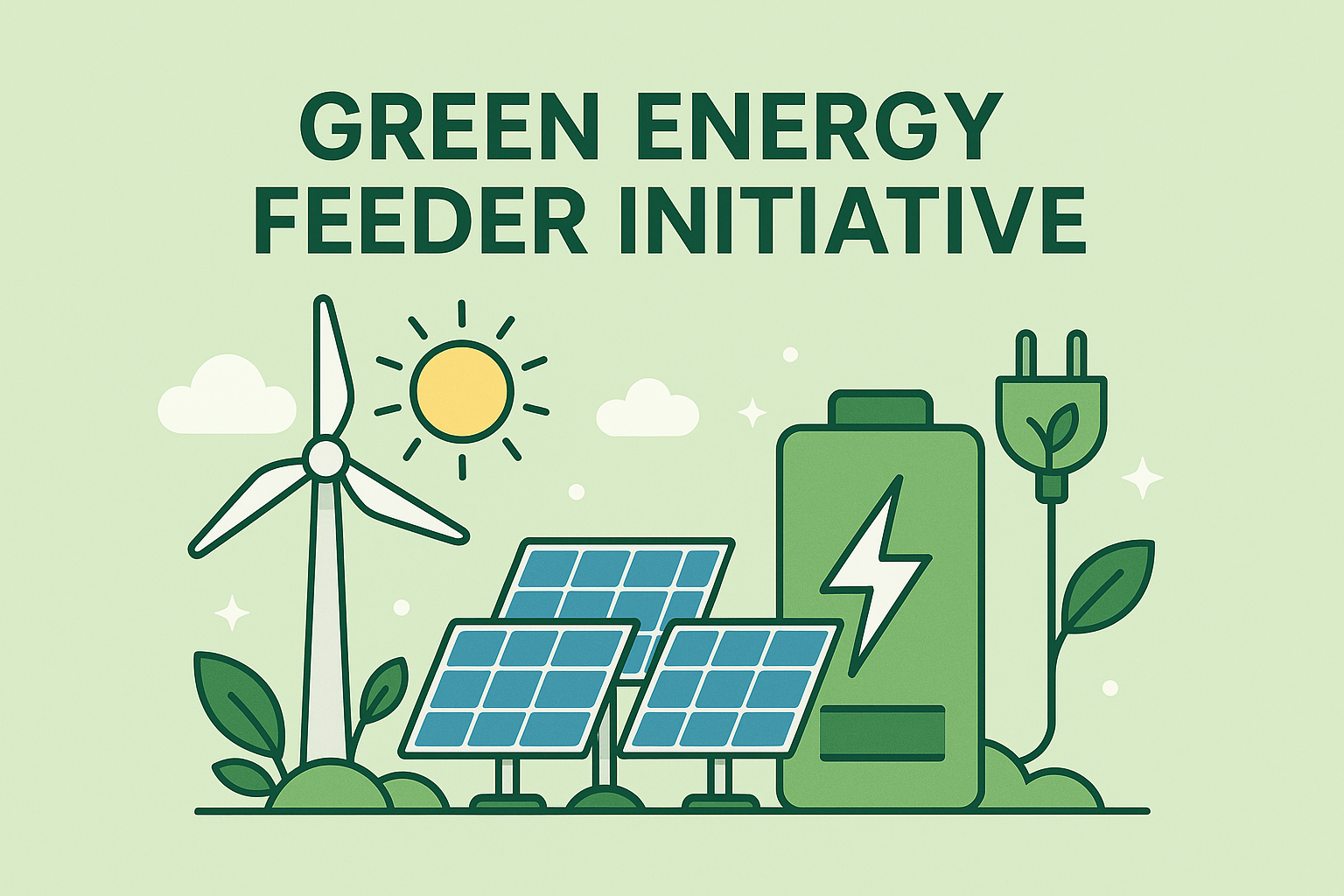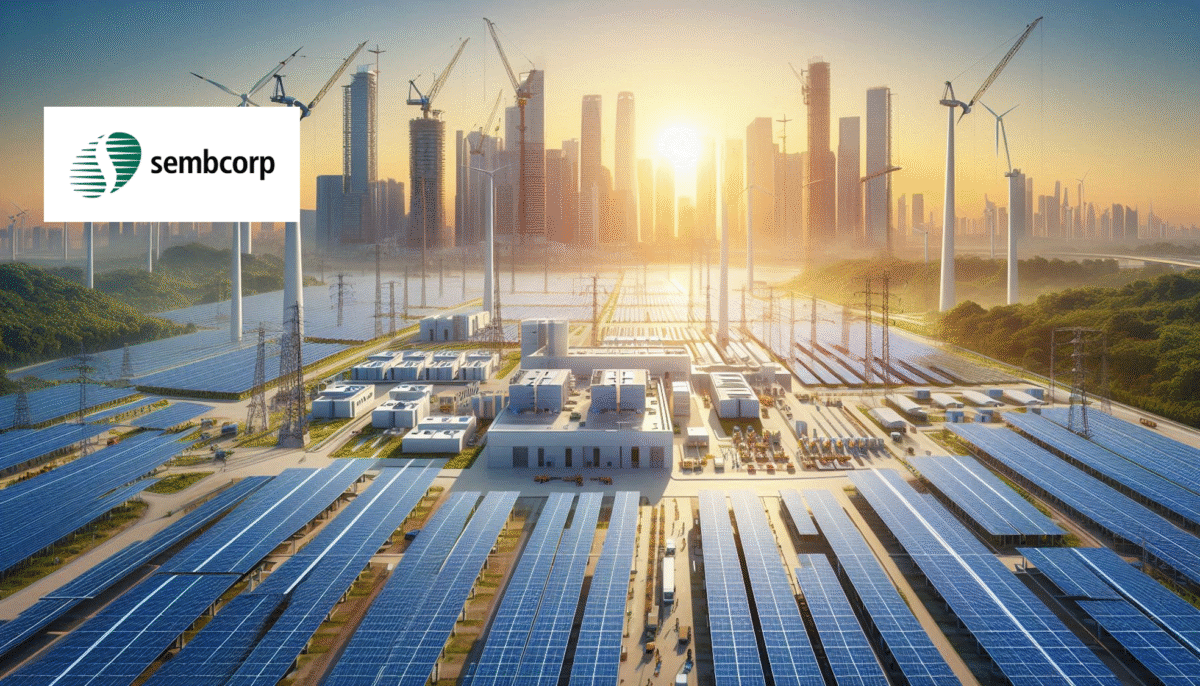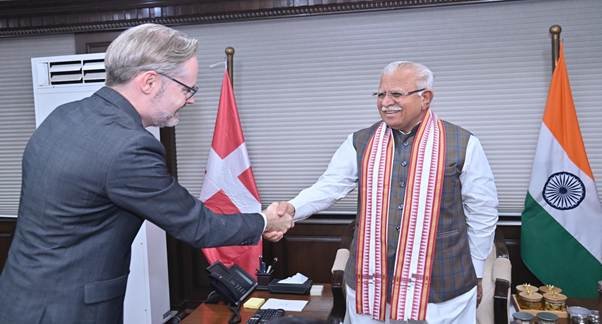On June 3, 2025, Oil and Natural Gas Corporation (ONGC), India’s leading upstream oil and gas producer, announced a strategic joint venture with ReNew Power, one of the country’s largest renewable energy independent power producers, to develop 5,000 MW of renewable capacity over the next five years. This landmark collaboration—totaling a planned capital outlay of over ₹20,000 crore (approximately $2.4 billion)—marks a significant evolution in India’s clean energy landscape, blending ONGC’s vast land holdings and financial strength with ReNew Power’s proven project-development expertise and operational track record.
Strategic Rationale and Synergies
For ONGC, diversification into renewables is a logical extension of its existing asset base. Over the past decade, ONGC has gradually expanded beyond traditional hydrocarbons, establishing a standalone green energy vertical and experimenting with pilot solar and wind assets on decommissioned oil-field infrastructure in Gujarat and Rajasthan. However, the scale of its renewables footprint remained modest—around 600 MW as of March 2025—due to limited in-house development capacity and a steep learning curve in solar-wind EPC (engineering, procurement, and construction).
ReNew Power, by contrast, boasts over 10 GW of commissioned and under-construction wind and solar capacity across India, along with growing expertise in storage and green hydrogen. By combining forces, ONGC gains a seasoned development partner capable of fast-tracking greenfield projects, while ReNew secures access to ONGC’s contiguous land parcels—particularly in Gujarat, Rajasthan, and Madhya Pradesh—alongside the financial stability and long-term off-take assurance that a PSU (public sector undertaking) like ONGC can provide. ONGC will hold a 51 percent stake in the joint venture (JV) SPV, with ReNew Power holding 49 percent.
Project Pipeline and Phased Development
The JV’s 5 GW pipeline is divided into two tranches:
- Tranche 1 (2,000 MW): To be executed by December 2026. This includes a 1,000 MW solar park in Barmer, Rajasthan, and a 1,000 MW onshore wind complex across Kutch (Gujarat) and Jaisalmer (Rajasthan). Both projects will be ISTS-connected (Inter-State Transmission System) and benefit from the ISTS waiver under the Green Energy Corridor scheme, allowing projects commissioned before June 2028 to receive concessional transmission charges.
- Tranche 2 (3,000 MW): Scheduled from Q1 2027 to Q4 2028, encompassing an additional 1,500 MW each of wind and solar. These sites are earmarked in Karnataka’s Tumkur district (500 MW of solar, 500 MW of wind) and Maharashtra’s Dhule district (1,000 MW of solar-wind hybrid). The hybrid sites will leverage shared pooling substation infrastructure and RC (round-the-clock) PPA structures to optimize capacity utilization factors (CUFs) above 40 percent.
Offtake Agreements and Tariff Framework
For Tranche 1, the JV has already inked term sheets for long-term power purchase agreements (PPAs) with Adani Electricity Maharashtra Ltd. and NTPC Vidyut Vyapar Nigam Ltd. at competitive tariffs—around ₹2.65–2.75/kWh for solar and ₹2.85–2.95/kWh for wind—under 25-year contracts. By bundling solar with wind under a single PPA structure (using a teach-in capacity allocation methodology), the JV aims to provide more predictable dispatch profiles to DISCOMs and industrial consumers, thereby reducing curtailment risks and easing integration challenges.
In Tranche 2, the JV is negotiating a mix of corporate PPAs with Indian conglomerates (tied to RE100 procurement targets) and state DISCOM agreements under the green tariff policy. Maharashtra’s recent push for 10 GW of renewables via its Green Energy Policy 2024, alongside Karnataka’s Medium-Term Open Access (MTOA) regulations, create a conducive environment for PPAs at ₹2.60–2.70/kWh levels.
Investment, Financing, and Risk Mitigation
Total project cost for Tranche 1 is estimated at ₹8,000 crore. The JV will finance projects at a 70:30 debt-equity ratio, tapping into a consortium of public sector banks led by State Bank of India (SBI) and REC Ltd. ONGC will provide a corporate guarantee for timely PPA payments, enabling the JV to secure 7.5–8.0 percent interest-rate loans—substantially lower than the 9.5–10 percent rates typically available to pure-play renewables developers.
ReNew Power brings project-level financial modeling and structured risk mitigation strategies, including:
- Currency hedges on imported modules (India sources 85 percent of its solar modules from East Asia).
- Carry-Over Tariff Adjustments (COTA) clauses to pass through balance-of-system (BoS) cost escalations.
- IFC and ADB partial risk guarantees for late payment and change-in-law scenarios, de-risking the PPAs for lenders.
Technology and Innovation
The JV will deploy bifacial solar modules with single-axis trackers for the solar sites, achieving nameplate CUFs of 25–27 percent. Wind sites will feature 3.6 MW class turbines, with hub heights above 100 meters to harness high-altitude wind speeds, pushing CUFs into the 38–40 percent range. At the Gujarat hybrid site (2,000 MW phase slated for mid-2027), the JV plans a 1:1 ratio of solar to wind capacity, coupled with a 500 MW/2,000 MWh battery storage system (BESS). The BESS integration ensures ancillary services (frequency regulation and energy arbitrage) and supports compliance with India’s emerging “Must Run” policy for hybrid projects.



